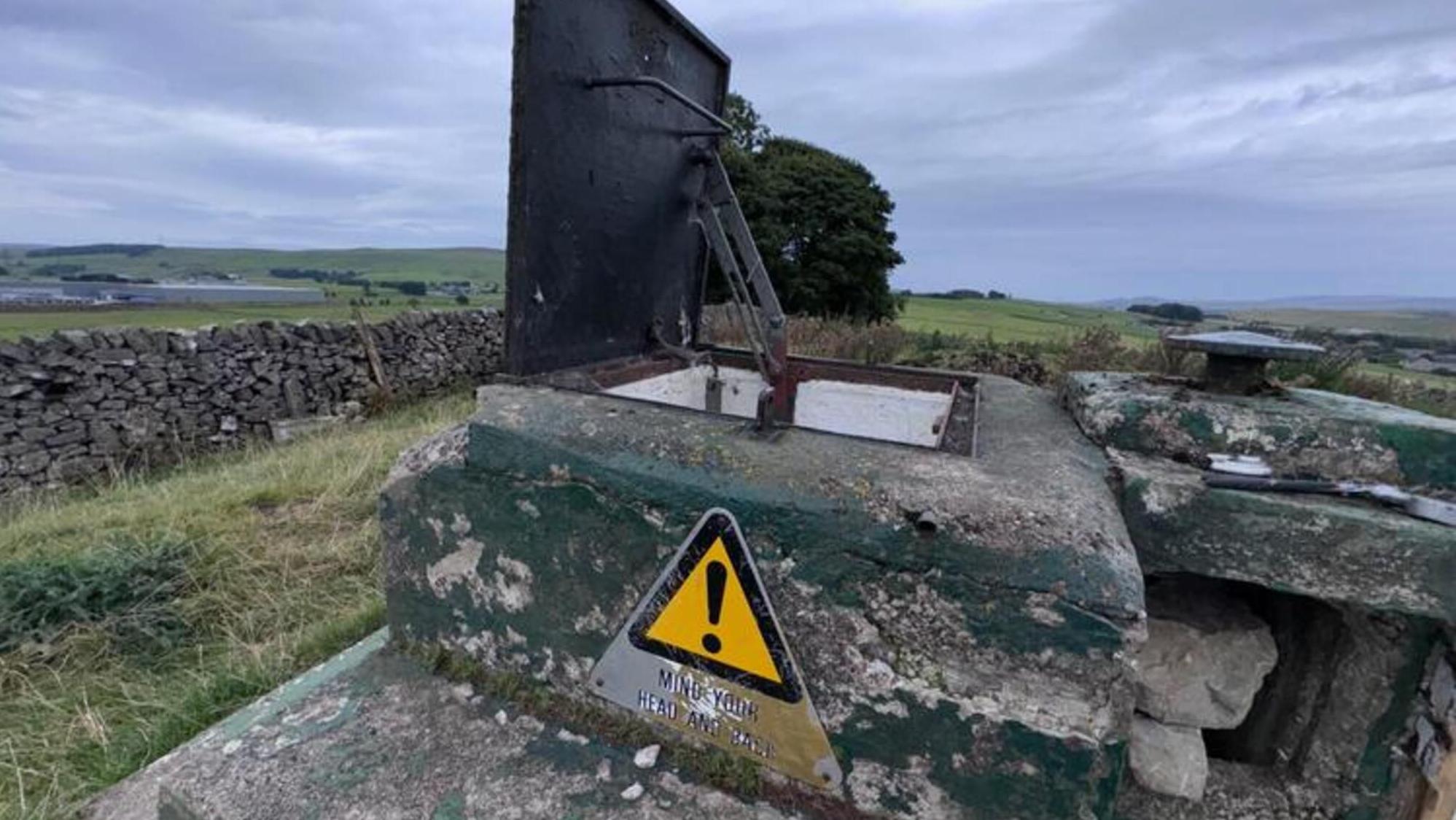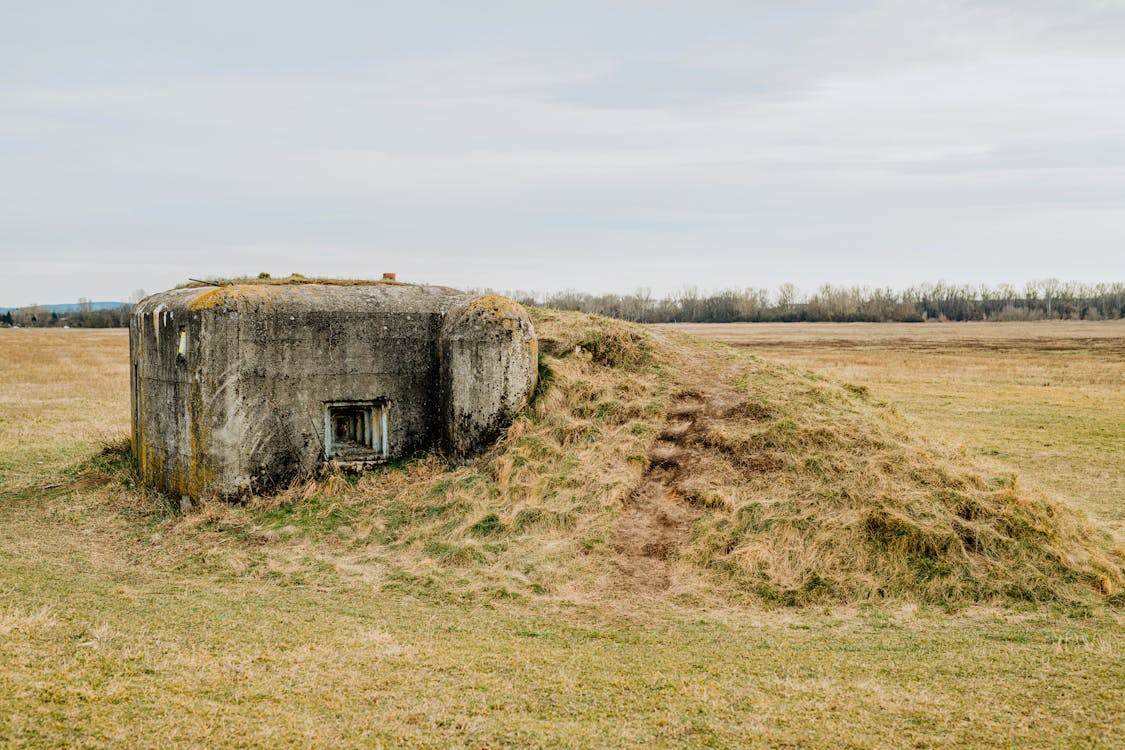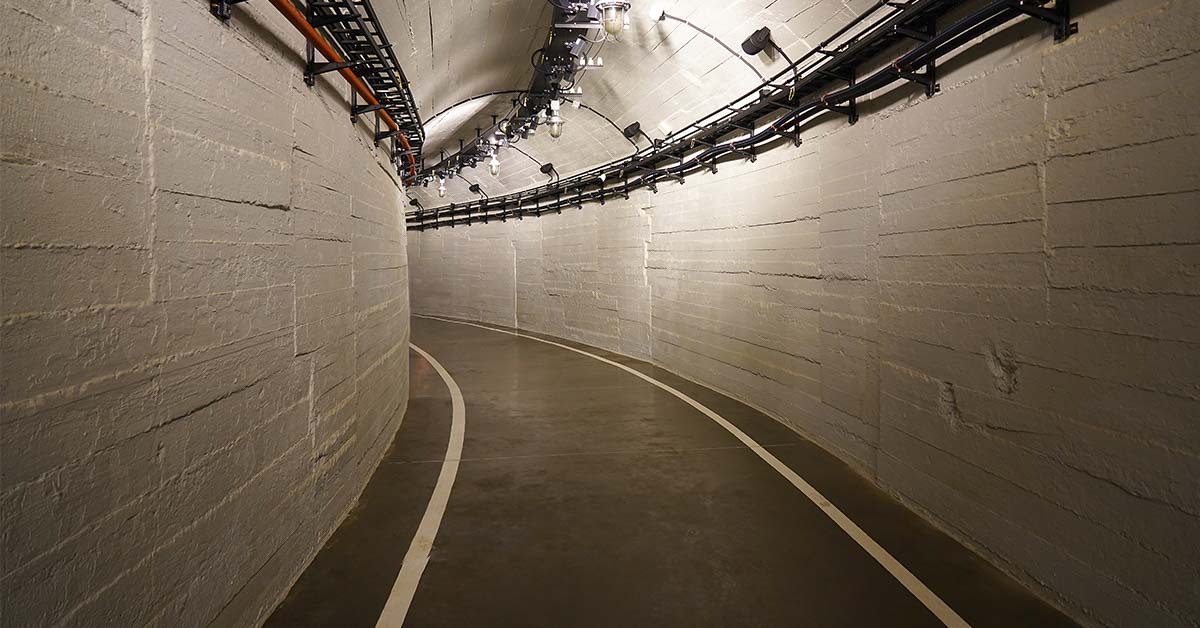A little-known planning exemption is enabling the rich to construct extraordinary Apocalypse-proof bunkers in the countryside. They offer a safe haven from potential apocalyptic scenarios. Paragraph 84 of the National Planning Policy Framework (NPPF) permits new rural developments if they demonstrate “exceptional quality,” traditionally benefiting classic estates.
Exploiting a Legal Loophole

However, this clause has become a loophole for the wealthy to create multi-million-dollar modern underground retreats. According to Simon McEwan, an architectural historian, “The NPPF is meant to balance innovation with environmental sensitivity, but it’s increasingly being used to develop bunker-style properties that are as functional as they are luxurious.”
Bigbury Hollow: A Subterranean Marvel

One of the most iconic homes built under this relief is Bigbury Hollow, located in rural Kent near the Bigbury Camp Iron Age hillfort. Known as the “underground house,” it is designed to blend seamlessly with the surrounding landscape. The property is almost entirely hidden, featuring two terraced courtyards, complete with a hot tub—an indulgent amenity for apocalyptic relief.
Features of Bigbury Hollow

Bigbury Hollow’s design includes a northern wing for bedrooms and a southern wing for living and working spaces, lit up by floor-to-ceiling windows. The $1.8 million home was featured on Grand Designs in 2022, where host Kevin McCloud described it as “like a concrete submarine breaching the surface of a wildflower meadow.”
The Para 84 Boom in Scenic Landscapes

Areas of Outstanding Natural Beauty (AONB), typically put through strict planning restrictions, are seeing a rise in “Para 84 homes.” One unusual example is the Headlands in the Cotswolds, showing off a visible leaf-shaped zinc roof and high-tech interiors. Another is the Lake House, spread over 40 acres in East Sussex, neighboring a former fishing lake and the run down “Cuckoo” train line.
Read More: Supercomputer Predicts What Could Be The Year of Human Extinction
Sustainability Meets Luxury

Architectural consultant Rachel Grant notes, “These properties showcase a blend of sustainability and luxury. They’re designed to enhance the natural environment while offering unparalleled safety and comfort.”
The Practical Appeal of Ex-Nuclear Bunkers

For those without millions to spare, ex-nuclear bunkers provide an alternative route to apocalypse-proof living. In 2024, a bunker in Cumbria, originally built in the 1950s, was listed for $19,000 to $25,000. Designed to withstand nuclear attacks, it could accommodate three people with food and water supplies for two weeks.
Unique Features of Ex-Nuclear Bunkers

Another example in Derbyshire sold for $45,000, showcasing eccentric interiors, including velvet curtains, gilded mirrors, and a log burner. “These bunkers offer a unique mix of history and functionality,” explains historian Laura Hitchens. “While not as luxurious as modern subterranean homes, they’re a tangible reminder of Cold War-era ingenuity.”
Why Apocalypse-Proof Homes Are Gaining Traction

The allure of apocalypse-proof homes stems from a mix of environmental concerns, geopolitical instability, and pandemic fears. For the ultra-wealthy, these bunkers provide a sense of security and a lifestyle upgrade.
The Future of Sustainable Security

Even mid-range options like repurposed bunkers are drawing interest from survivalists and history enthusiasts alike. As McEwan concludes, “These properties aren’t just about surviving potential disasters. They’re about reimagining the future of living—where sustainability meets security.”
Read More: On the Brink: Expert Predicts Humanity’s Fragile Balance Between Collapse and Progress

